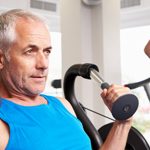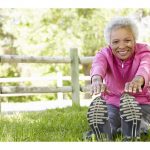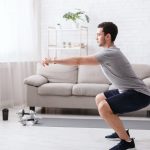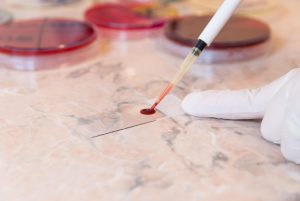
Women are more likely to lose more muscle mass during space flight than men, a new lab study suggests. Females participating in the extended bed rest study lost more leg muscle mass at two months than the men had lost at three months, results show. The findings “suggest that women are more susceptible to weightlessness-induced muscle atrophy,” researchers concluded in their report published recently in the Journal of Applied Physiology. NASA’s decision to diversify space crews in future spaceflight missions means that more women will be subject to the rigors of weightlessness, researchers said in background notes. For example, the agency intends to send the first woman to the moon in 2024, researchers said. To see how space travel might affect health, researchers recruited a group of people to spend extended periods in bed. Men spent 90 days and women 60 days in a bed tilted 6 degrees head down, placing their head below their feet. This simulates the weightlessness experienced while traveling through space, researchers said. Both volunteer groups ate, slept, cleaned up, and performed all other activities in either a head-down tilt or a horizontal position. MRI screenings of the volunteers’ thigh and calf muscles taken before, during and after the trial showed that all participants lost a significant amount of muscle mass in both areas of the leg, the researchers said. However,… read on > read on >






































